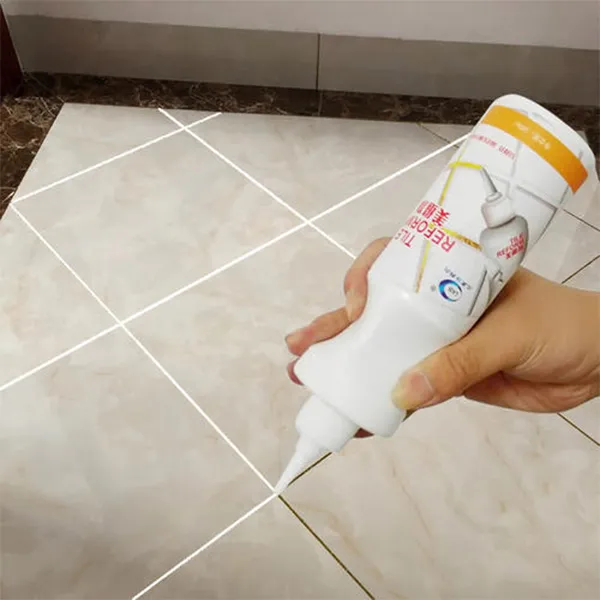Exploring the Applications and Benefits of Methylcellulose and Hydroxypropyl Methylcellulose (HPMC)
Methylcellulose (MC) and hydroxypropyl methylcellulose (HPMC) are derivatives of cellulose, a natural polymer obtained from plant cell walls. These compounds are widely used in various industries, including pharmaceuticals, food, cosmetics, and construction, due to their unique properties. This article explores the applications, benefits, and significance of MC and HPMC.
1. Properties and Characteristics
Methylcellulose is a non-ionic cellulose ether, while HPMC is a modified form that includes hydroxypropyl groups. Both compounds are soluble in cold water and form a gel-like substance upon heating, which makes them valuable for multiple uses. One of the notable properties of MC and HPMC is their ability to act as thickening agents, emulsifiers, and film-formers. They are also known for their excellent water retention, which is crucial in many applications.
2. Pharmaceutical Applications
In the pharmaceutical industry, HPMC is commonly used as a binder in tablet formulations. Due to its film-forming ability, it helps in creating a stable matrix that controls the release of active ingredients in drug formulations. This controlled-release property enhances the bioavailability of the drugs, leading to improved therapeutic effectiveness. Additionally, HPMC is utilized in ophthalmic preparations as a lubricant to enhance comfort when using eye drops, and it is often included in capsules due to its ability to form clear films.
mecellose hpmc

Methylcellulose has garnered significant attention in the food industry as a food additive. Its thickening properties make it ideal for sauces, dressings, and ice creams. By helping to stabilize emulsions, MC improves the texture and mouthfeel of food products. Moreover, it is a popular ingredient in gluten-free foods, where it provides the necessary elasticity and moisture retention that gluten typically offers in traditional baking.
4. Cosmetic Applications
In cosmetics, HPMC is frequently found in skin creams, lotions, and hair products. Its thickening and stabilizing properties enhance the texture of these formulations, making them easier to apply and pleasant to use. Moreover, HPMC can form a protective barrier on the skin, helping to retain moisture and improve the overall appearance of the skin.
5. Construction Industry
The construction industry benefits from the use of HPMC in various applications, primarily as an additive in plaster, tile adhesives, and cement. The incorporation of HPMC enhances the workability and adhesive properties of these materials, resulting in improved performance. Additionally, its water retention capability ensures that the materials remain workable for a longer period, allowing for better finish quality.
Conclusion
The versatility of methylcellulose and hydroxypropyl methylcellulose has made them essential in numerous sectors, from pharmaceuticals to food and cosmetics to construction. Their unique properties allow for improved formulation stability, texture enhancement, and controlled release, making them invaluable additives. As research advances, we can expect to see even more innovative applications for MC and HPMC, further solidifying their role in modern manufacturing and production processes. Their ability to meet the demands of various industries while being derived from natural sources emphasizes their importance in a world increasingly focused on sustainability and efficient resource use.
-
Rdp Powder: Key Considerations for Wholesalers in the Building Materials IndustryNewsJul.08,2025
-
Key Considerations for Wholesalers: Navigating the World of Hpmc - Based ProductsNewsJul.08,2025
-
Hpmc Detergent: Key Considerations for WholesalersNewsJul.08,2025
-
Key Considerations for Wholesalers: China Hpmc For Tile Adhesive, Coating Additives, Concrete Additives, and MoreNewsJul.08,2025
-
Crucial Considerations for Wholesalers: Navigating the World of Construction MaterialsNewsJul.08,2025
-
Key Considerations for Wholesalers Sourcing Additive For Cement, Additive For Concrete, Additive For Putty from Additive Manufacturer Shijiazhuang Gaocheng District Yongfeng Cellulose Co., Ltd.NewsJul.08,2025




